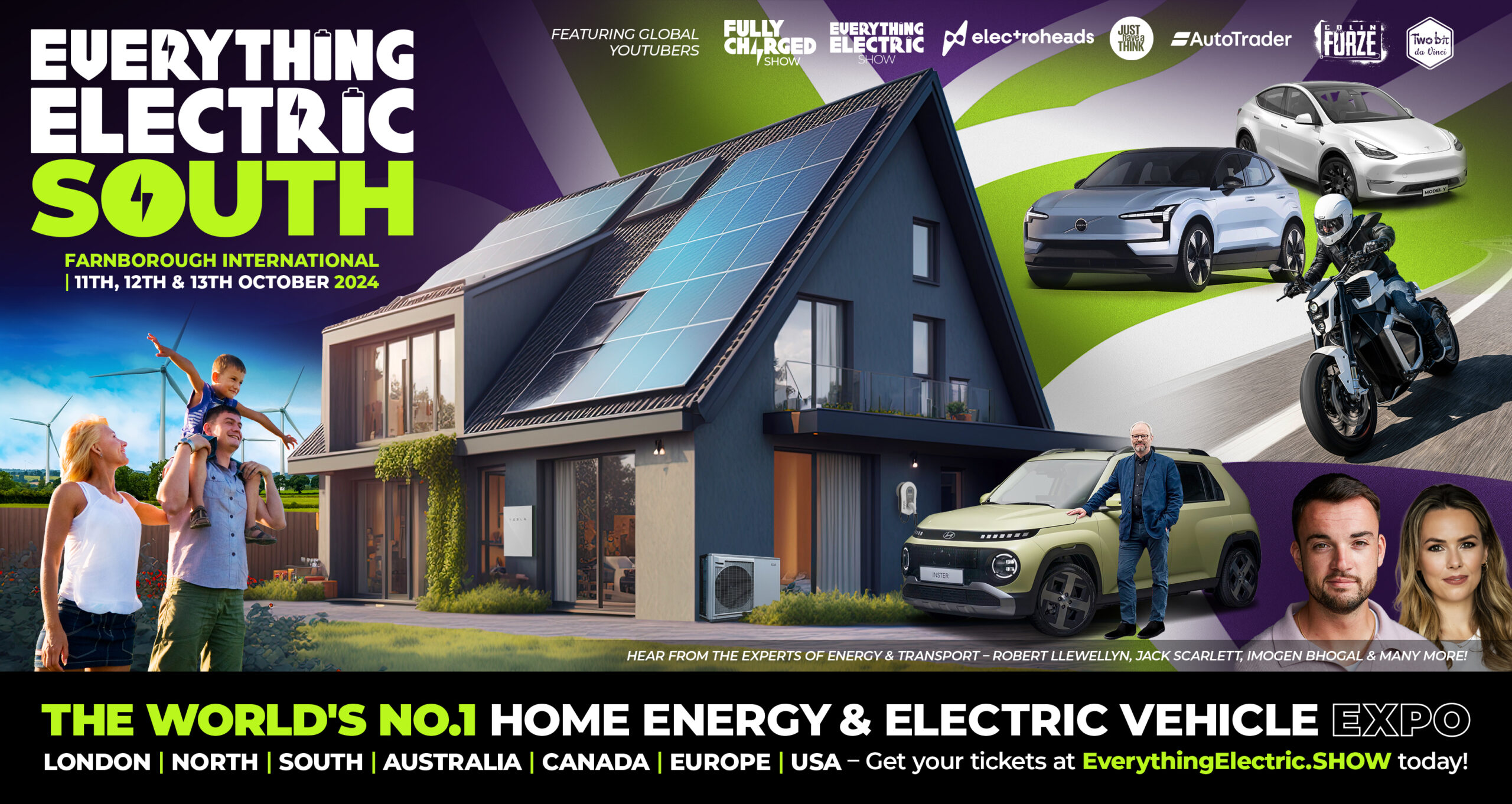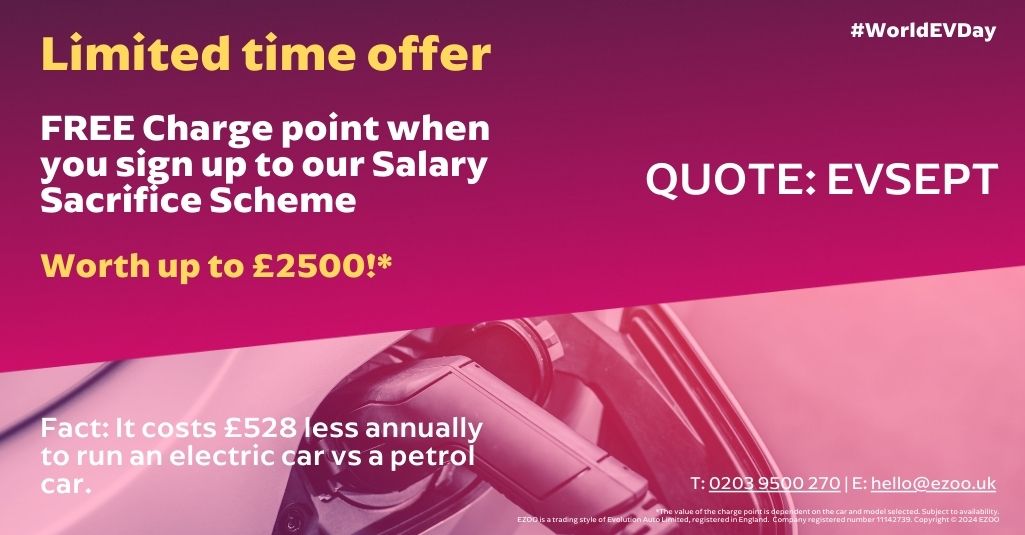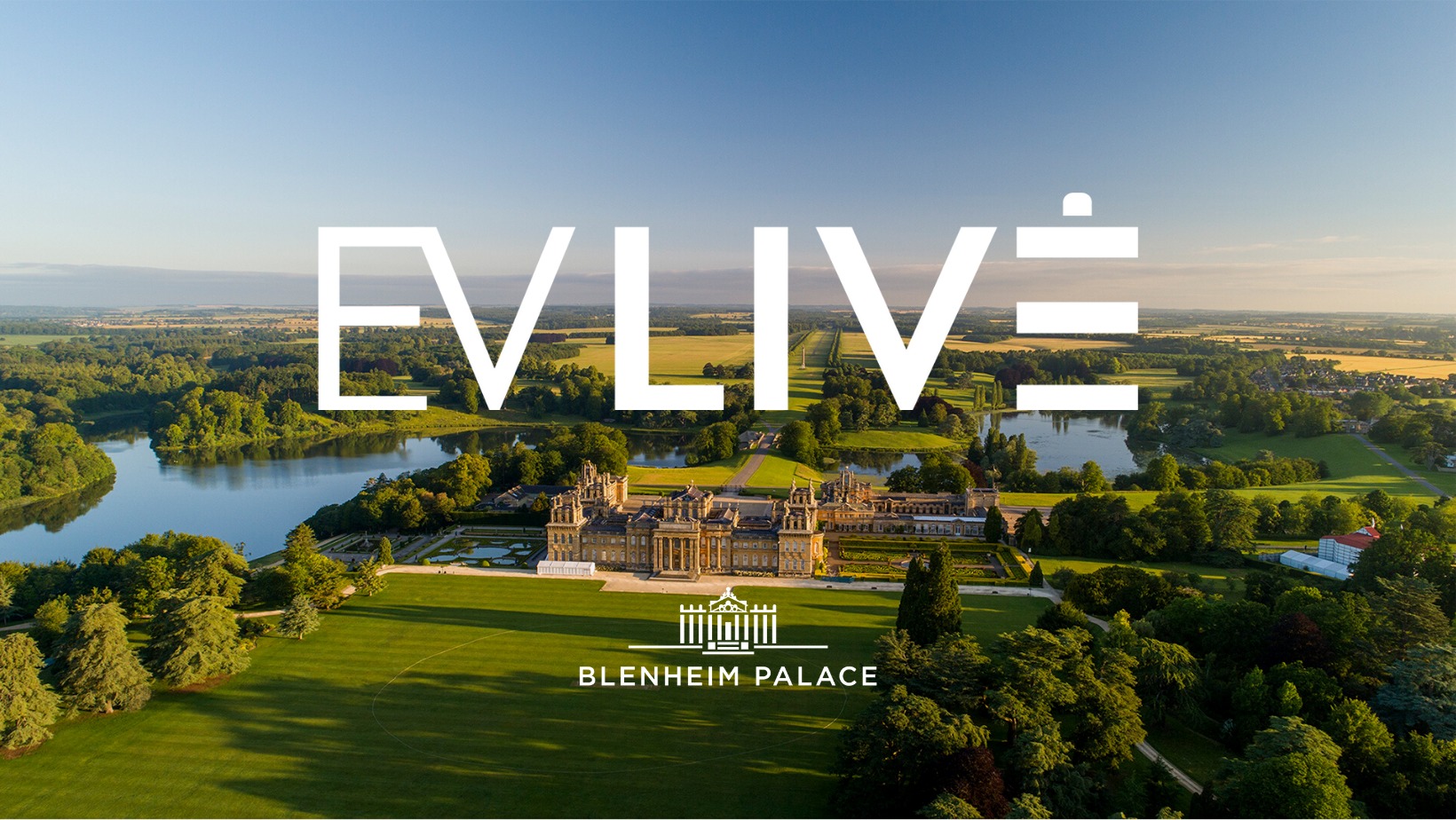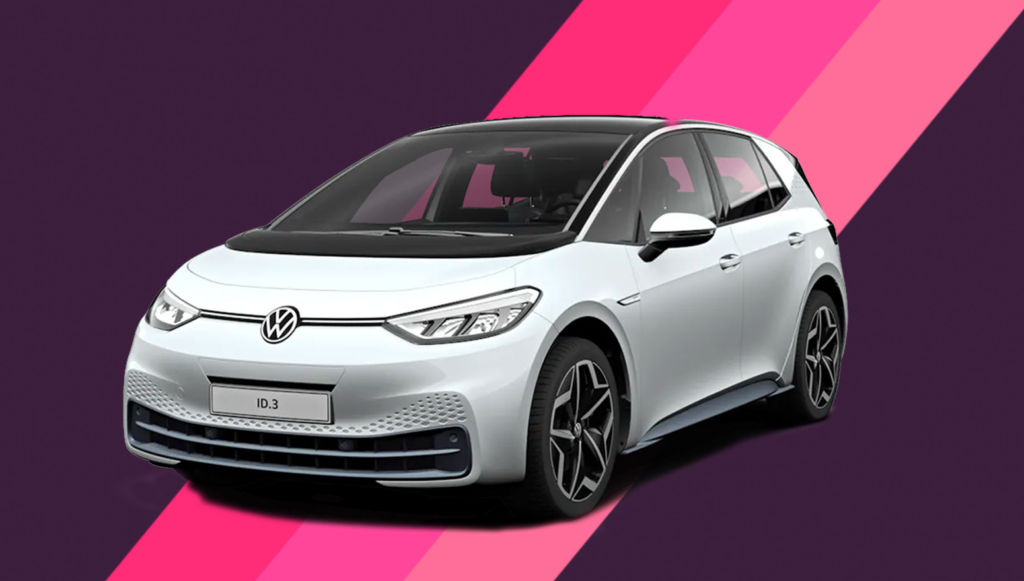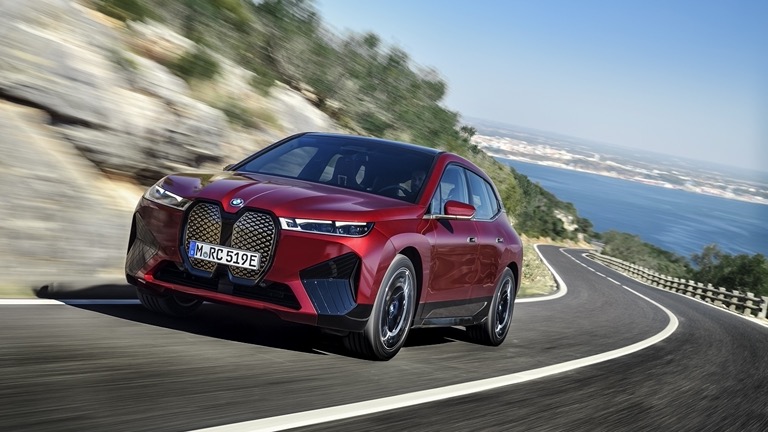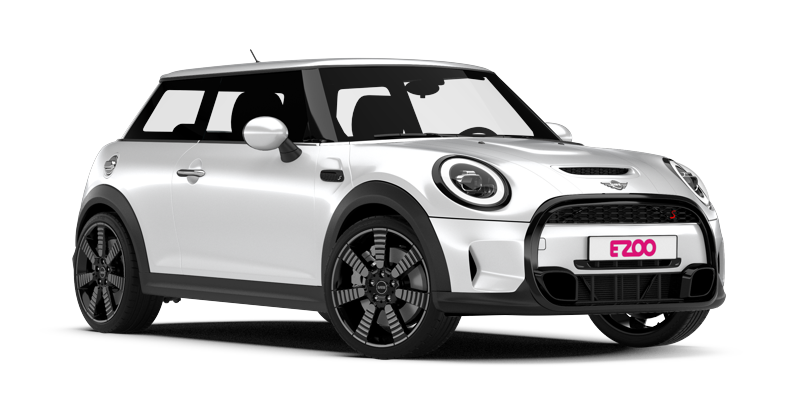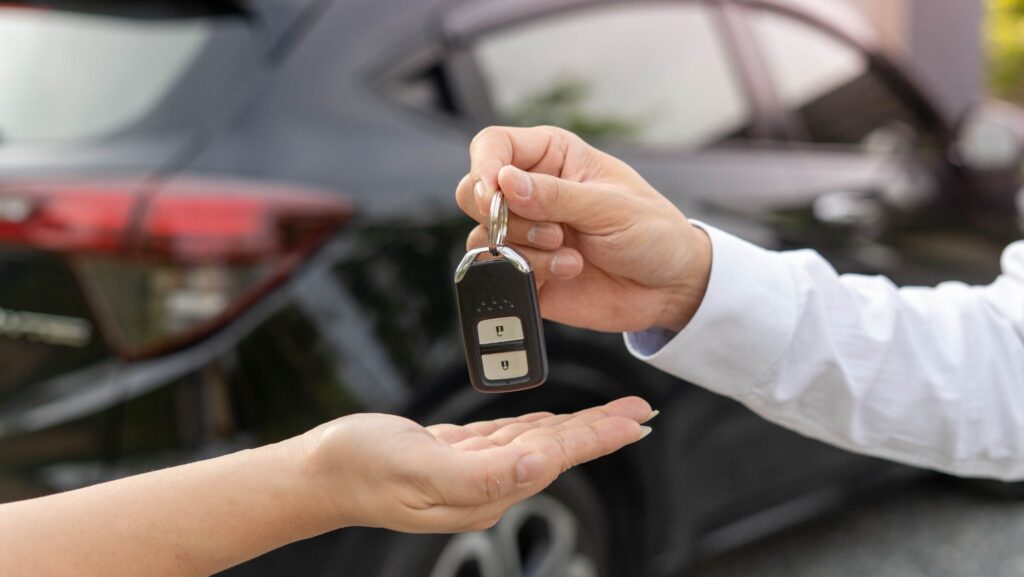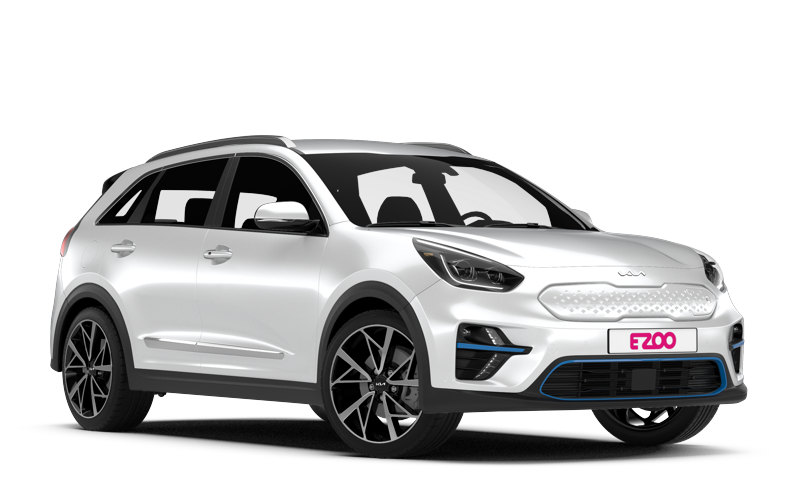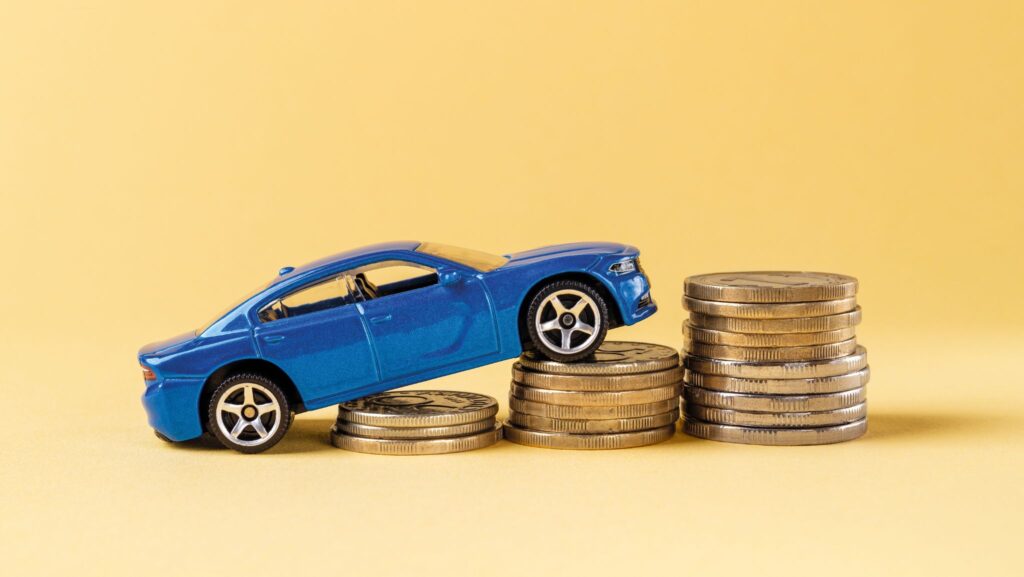Wanting to enhance your company’s employee benefits whilst striving towards a greener future? The salary sacrifice experts at EZOO are here to help with this free webinar.
When: Wednesday 20th November 12pm – 1pm
Where: LinkedIn
Join our upcoming webinar with our expert sales team Hiten and Sharon along with an exciting guest speaker; a specialist on all things HR to discuss how a salary sacrifice system could benefit you and your employees.
What can I expect from the webinar?
- 30-minute presentation answering our most frequently asked questions
- 30-minute Q&A session
- An opportunity to book a call with one of EZOO’s representatives.
Sign up for the webinar to learn more about salary sacrifice >
What do we do at EZOO?
In 2012, founders Lash and Charnjit Saranna decided to make the switch to electric cars by creating EZOO – bringing with them almost 30 years of automotive experience and a passion for helping people and our planet. At EZOO we offer the UK’s first all in-house salary sacrifice subscription, which means you save between 30% and 60% on the cost of an electric vehicle and the payments are deducted from your monthly gross salary.
Uk based company owner, HR professional or benefit decision maker? Allow yourself to open up new ways to enhance your employee’s benefits; with a live presentation, Q&A, answers to EZOO’s most frequently asked questions, emails, resources and a chance to book a call with one of our representatives, all included!


